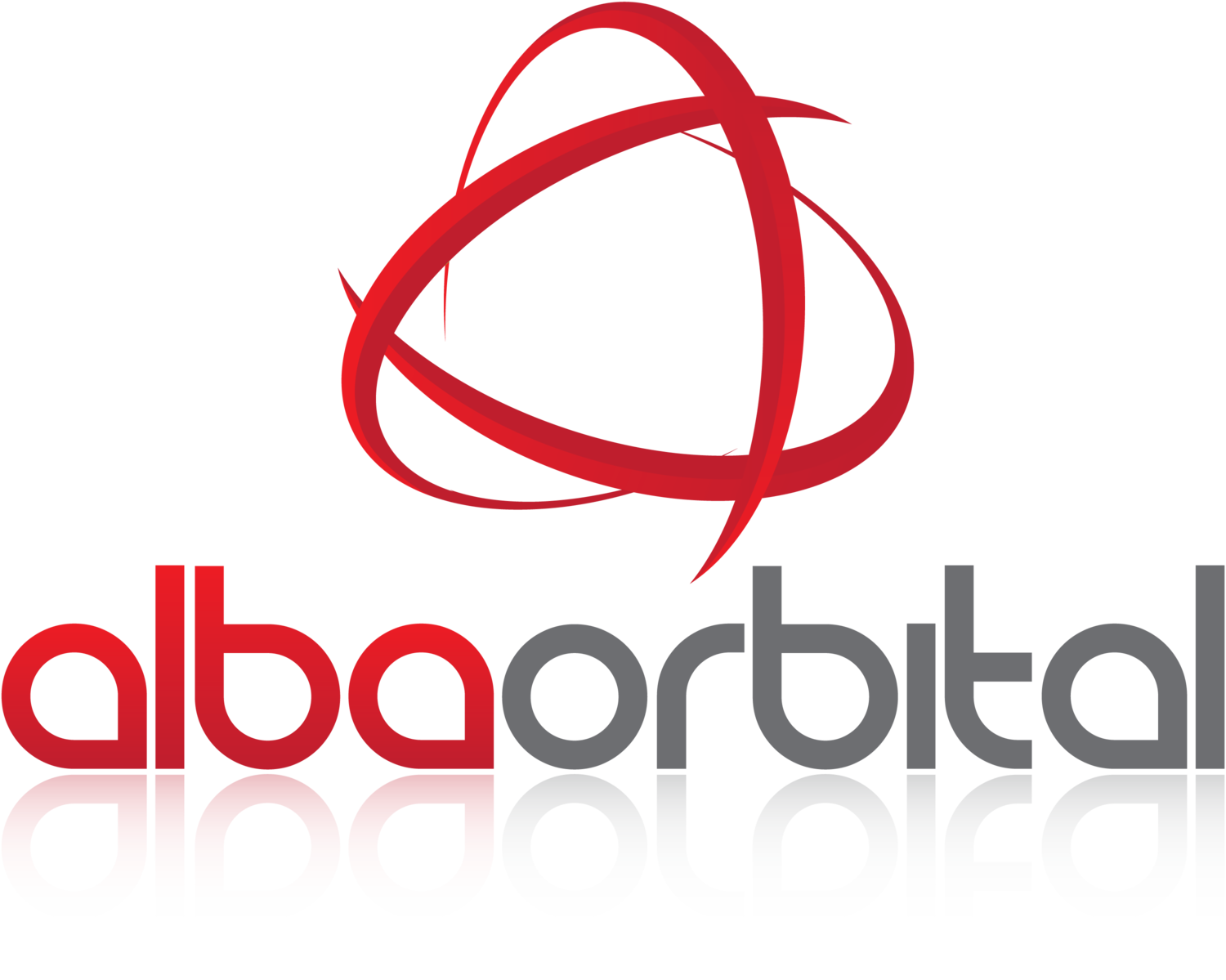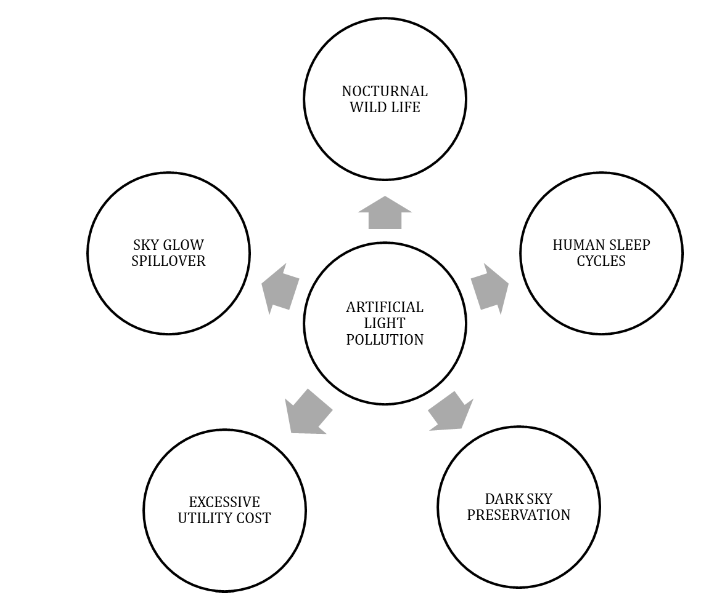NIGHT LIGHTS - IMAGING EARTH WHEN IT’S DARK AND WHY IT MATTERS TO YOU
The introduction of Satellite Imagery allows us to monitor the Earth constantly. The provision of imagery allows new insights to be produced at any time of the day while conveniently covering large areas such as cities and countryside. This has enabled end users to efficiently monitor various sources of pollution. One form of pollution that is seemingly harmless but equally devastating is ALAN (Artificial Lighting at Night).
ARTIFICIAL LIGHTING AT NIGHT (ALAN)
A recent study commissioned by the CPRE – Campaign to Protect Rural England found that only 22% of England meets the requirements to be free of light pollution. This phenomena is popularly referred to as ALAN (Artificial Lighting at Night) within the academia and activist circles. ALAN is caused by rapid urbanisation with far reaching effects into the surrounding environments. The image of the United Kingdom at night in the photo below details the extent and intensity of artificial lighting at night.
WHY IS ALAN A PROBLEM
ALAN brings along with it a range of problems that affects everything ranging from how we live to the natural environment. The chart below summarises the key effects of ALAN, however it is by no means exhaustive.
EXISTING METHODS TO TACKLE LIGHT POLLUTION
Satellite data has the ability to provide information on potential sources of light pollution across at a large scale. Additionally, it enables end users to observe light sources across locations such as mountainous regions which are either remote or inaccessible for people to access during certain months of the year.
There are a few available sources of Satellite imagery for the Earth at night. However, they suffer from a lack of resolution or absence in coverage of colour spectrums. The figure below summarises the problems with existing night imagery data sets.
A solution to address the lack of night imagery is the Night Lights. Using Alba Orbital’s Unicorn 2, optical imagery covering 25 m spatial resolutions at all colour bands - Red, Green and Blue is provided. The provision of Satellite imagery enables convenient provision of data for users.
End users such as Lighting Designers stand to benefit massively from such solutions. The provision of night imagery for inaccessible locations such as Nature Reserves reduces the risk of having to deploy personnel outdoors at night. This reduces operational cost for companies while eliminating potential workplace risks.
The Night Lights Early Access Programme aims to serve the absence of near real-time imagery that cover all 3 colour spectrums (Red, Green and Blue) compared to publicly available datasets which lack high spatial and temporal resolution. More information on the imagery and pricing can be found on http://www.albaorbital.com/nightlights-early-access.





